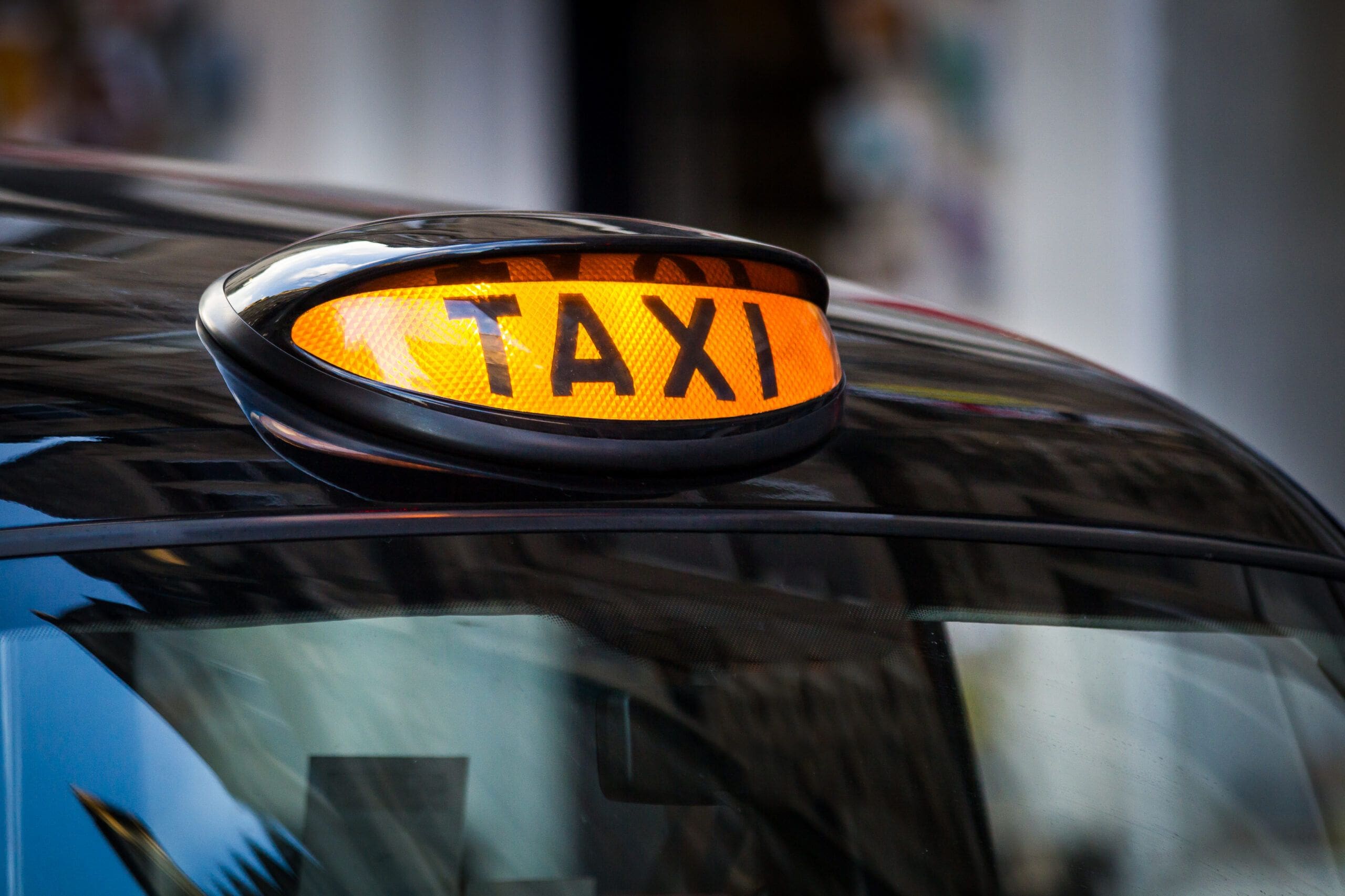By: Joann Muller.
See original post here.
General Motors-backed Cruise got the green light from California regulators last week to operate a commercial robotaxi service in San Francisco, marking a watershed moment in the autonomous vehicle rollout.
Why it matters: AV developers have spent tens of billions of dollars trying to develop and commercialize self-driving technology. While Cruise is still a fledgling business, its for-pay driverless taxi service will be the first in a densely populated U.S. city when it launches within the next couple of weeks.
- Of note: Alphabet’s Waymo has been running a robotaxi service in suburban neighborhoods outside Phoenix for a year and a half. It too is pursuing a robotaxi license in San Francisco’s busier — and thus more challenging — environs.
Details: A California Public Utilities Commission permit was Cruise’s final hurdle to commercial deployment in the state.
- It allows Cruise to offer driverless passenger service using a fleet of up to 30 Chevrolet Bolt electric vehicles, without a safety driver present.
The catch: The paid service is limited to about one-third of the city — and downtown is off-limits.
- Cars can’t go above 30 miles per hour, and the operation is limited to 10pm to 6am, when traffic is lighter.
- Cruise vehicles won’t be allowed on highways, and they must avoid active highway-rail crossings and lanes with light rail transit.
- They won’t operate in heavy rain, fog or smoke, either, per the company’s own rules.
Yes, but: Despite the limitations on fared rides, Cruise will continue other operations throughout the entire city to prepare for expansion.
The big picture: Being able to charge fares is an important milestone for Cruise. But the business — which isn’t yet making money — has a long way to go to reach GM’s target of $50 billion in revenue by 2030.
- By challenging Uber and Lyft in ride-hailing, GM believes Cruise can help the automaker double its revenue by the end of the decade.
- GM says Cruise’s ride-hailing profit margins could eventually hit 40% — well above those of its core car-making business.
What to watch: For now, Cruise’s AV fleet consists of electric Chevrolet Bolts, but the company hopes to soon deploy its purpose-built Cruise Origin van as well.
- The boxy electric vehicle can shuttle people or goods, but because it has no steering wheel or pedals, it doesn’t comply with current federal motor vehicle safety standards and therefore needs approval from the National Highway Traffic Safety Administration.


















